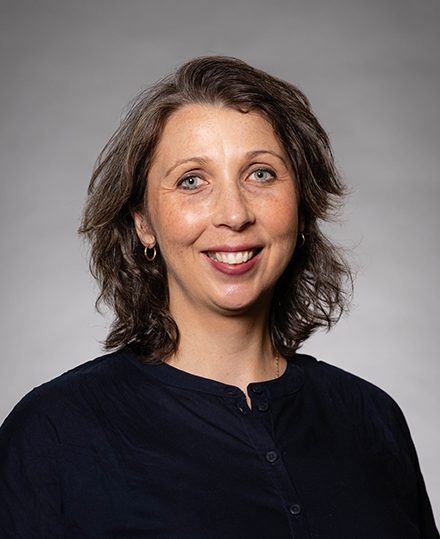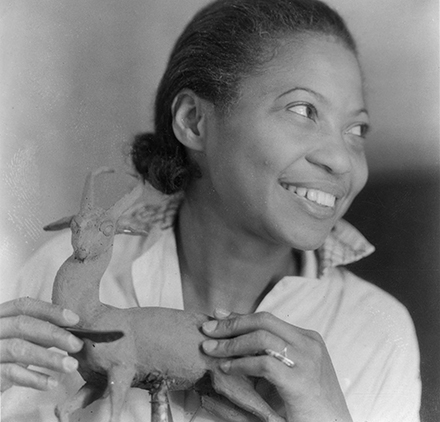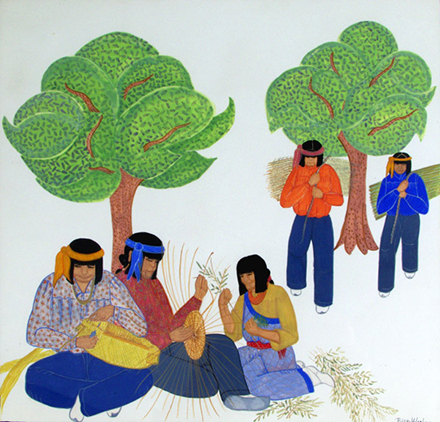USF College of Arts and Sciences’ Dr. Lauren Arrington, chair of the Department of English, has earned a National Endowment for the Humanities (NEH) Public Scholars Fellowship.

Lauren Arrington, PhD (Photo courtesy of Arrington)
Public Scholars Fellowships are competitive awards granted to scholars pursuing projects that “embody exceptional research, rigorous analysis, and clear writing,” according to the NEH.
Arrington explained that the program supports nonfiction books in the humanities that are written for the broad public.
“Since publishing my first scholarly book in 2010, I’ve worked to move my writing from a purely academic readership to a broader public one,” Arrington said. “I’m interested in writing the kind of nonfiction books you’d pick up when you were browsing at your favorite bookstore. There is so much excellent public scholarship now, so it means a great deal to me for my project to be among the twelve percent of applications that were selected for the NEH Public Scholars program.”
The twelve-month fellowship requires that scholars spend at least 50 percent of their time working on their project. Arrington said with the support of the CAS dean’s office, she’ll be able to divide her work between her duties as chair and the NEH project.
Next summer, Arrington plans to travel to Austin, Santa Fe, and Los Angeles to visit archives that hold materials important to the story she’s working on about women artists working during the Great Depression.
“I’m especially excited to travel to Bandelier National Monument outside Los Alamos, where I will get to see a mural painted by the Pueblo artist Pablita Velarde who is featured in my book,” she said. “Next fall, I’ll spend half of my time writing the last two chapters of the book, and in the spring I’ll polish the whole thing in order to meet the May 2025 deadline for finishing the manuscript.”
Arrington said she’s always had a fascination with the 1930s, and her new book, which takes place mainly in that decade, will show how women artists made lasting changes to their communities and the nation.
“The women I’m writing about in this book were creating art under the most difficult circumstances—an international financial crisis, racist and sexist legislation that restricted their opportunities and pervaded their daily lives. But there’s hope, too! They were able to do this work because the federal government saw the importance of supporting artists,” she said.
Arrington’s book tells the story of a group of women artists who were employed under FDR’s economic recovery program, the New Deal. Their work began to disappear when the Works Progress Administration projects were dismantled near the start of the Second World War, and tens of thousands of artworks were destroyed because the government could not afford the storage costs.

Augusta Savage, an American sculptor associated with the Harlem Renaissance, is one
of the artists Arrington is writing about in her book. (Photo source: Wikimedia Commons)

Basketmaking by Pablita Velarde (1940) is an example of an artwork inspiring Arrington’s
book. (Photo source: Wikimedia Commons)
Drawing from deep research – including private letters, diaries, newspapers, photographs, government reports, and company records – Arrington’s book reveals how the New Deal’s art projects enabled a network of women artists to advocate for equal pay, housing justice, healthcare equality, anti-lynching legislation and other civil rights issues.
Prior to joining USF in 2023, Arrington lived and worked in the United Kingdom and Ireland for 20 years. Born and raised in Florida, she said it feels good to be “home again,” and she’s looking forward to the future in her new role as chair.
“I’m happiest in my job when a colleague comes to me with an idea for a project, and I can help them make it happen,” she said. “There’s a great energy and enthusiasm in the department. I’ve also been impressed by the support structures within the College of Arts and Sciences and USF as a whole. I’m excited about where we’re headed.”